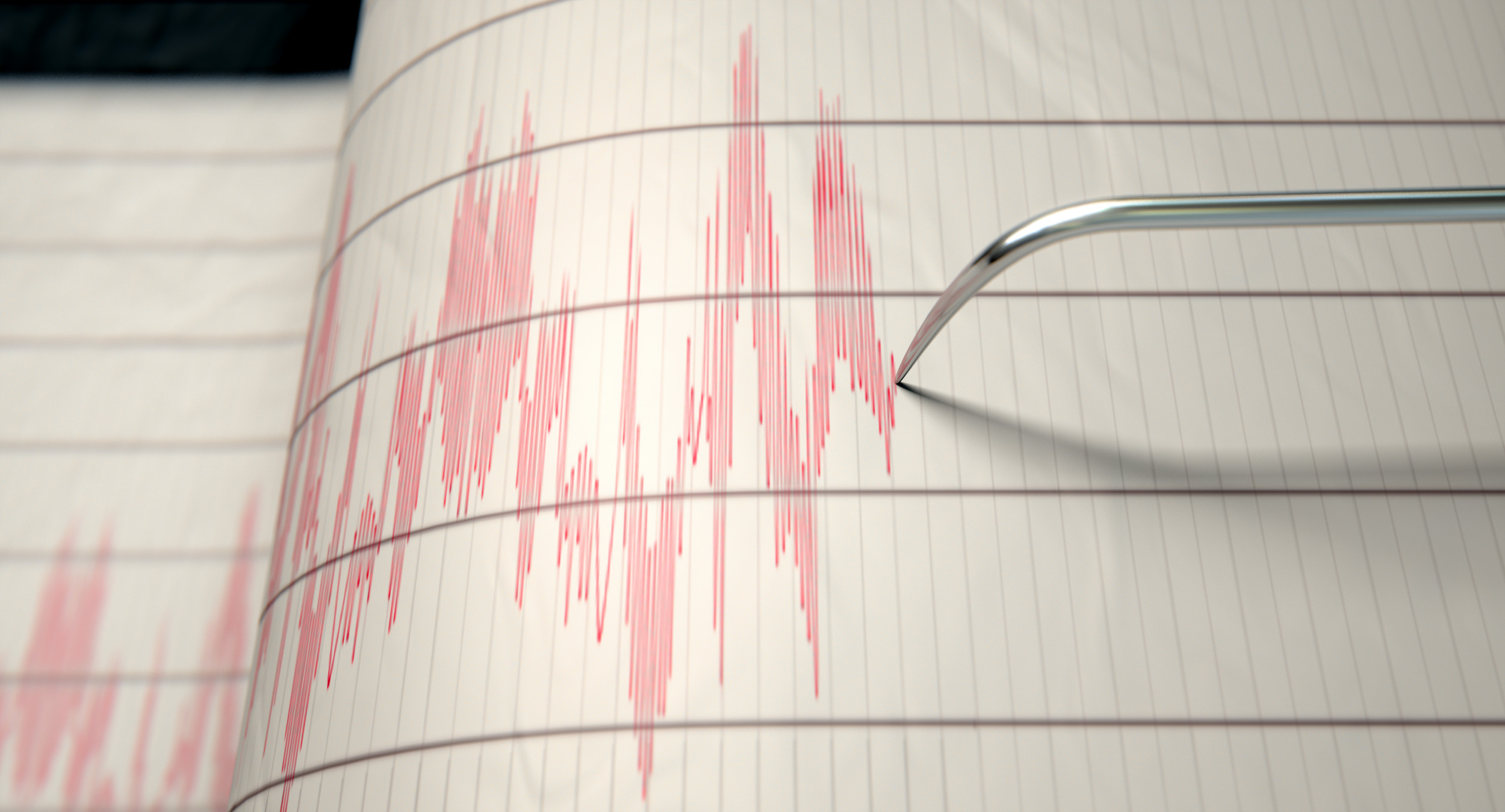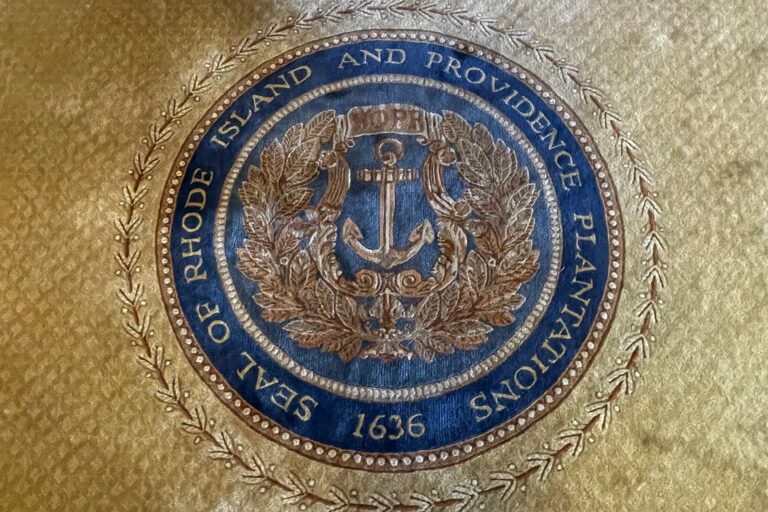
A scientist has warned that “the next big event” could be “imminent” if a megaquake shakes the Pacific Northwest.
Tina Dura, a geosciences professor at Virginia Tech, was the lead author on a new study that examined the risk of major coastal flooding in Washington, Oregon, and Northern California from two factors happening together: powerful earthquakes and rising sea levels due to climate change.
‘We worry about the next big event being imminent’
Normally, scientists and planners consider rising oceans caused by melting ice and warming water.
But Dura’s group took a closer look at a different threat that could happen very suddenly—land dropping by up to two meters during a major earthquake along the Cascadia subduction zone, which stretches from Northern California to Washington.

Photo by Allan Swart / Getty Images
Dura said the researchers worry about “the next big event being imminent” since more than 300 years have passed since the last significant earthquake.
“We expect something like the Japan 2011 and Sumatra 2004 earthquakes and tsunamis to occur there,” Dura told Accuweather.
In an email to Newsweek, Dura clarified that the next great Cascadia earthquake could be “tomorrow or decades from now”.
“But geologically speaking, we’re well within the window of possibility. The last event was in 1700, and paleoseismic records show these earthquakes recur roughly every 200 to 800 years,” she said.
“The National Seismic Hazard model shows that there is a 15% chance of a large (over magnitude 8) earthquake happening sometime in the next 50 years.
“By 2100, there is a 30% chance of a large earthquake happening. To me, those probabilities are high enough that we should be preparing for the effects of such an earthquake.”
Why Earthquakes Are So Impactful on the West Coast
Earthquakes on the West Coast are especially dangerous because of the region’s position along the Cascadia Subduction Zone, a fault line where the Juan de Fuca plate is slowly sliding beneath the North American plate.
This tectonic boundary is capable of producing megathrust earthquakes that strike with little warning and affect hundreds of miles of coastline simultaneously.
Unlike smaller, localized faults, Cascadia events can trigger widespread land subsidence, powerful tsunamis and long-lasting infrastructure failures, making them among the most catastrophic natural hazards in North America.
Why It Matters
The potential for a great earthquake is a massive flood risk multiplier.
The study found that if a major Cascadia earthquake struck today, floodplains could grow by as much as 300 square kilometers (about 116 square miles), more than doubling the number of homes, roads, and structures exposed to flooding.
By 2100, when climate-driven sea-level rise is projected to significantly worsen baseline flood levels, that number could climb even higher—up to 370 square kilometers (143 square miles), tripling the exposure.
“The risks from a Cascadia earthquake go beyond shaking and tsunamis,” Dura told Newsweek.
“Sudden land subsidence during the quake can instantly expand flood zones and leave low-lying areas permanently more vulnerable to flooding, especially as sea levels rise.
“These overlapping hazards can turn a bad disaster into a much worse one if we don’t plan ahead with the full picture in mind.”
What To Do
Dura said preparation should take place on multiple fronts.
“At the individual level, people should know their evacuation zones, have a go-bag ready, and plan for at least a week without outside help,” Dura told Newsweek.
“At the societal level, we need to invest in resilient infrastructure, update land-use plans to reflect compound hazards like flood plain expansion after earthquakes, and prioritize the most vulnerable communities in emergency planning.”




